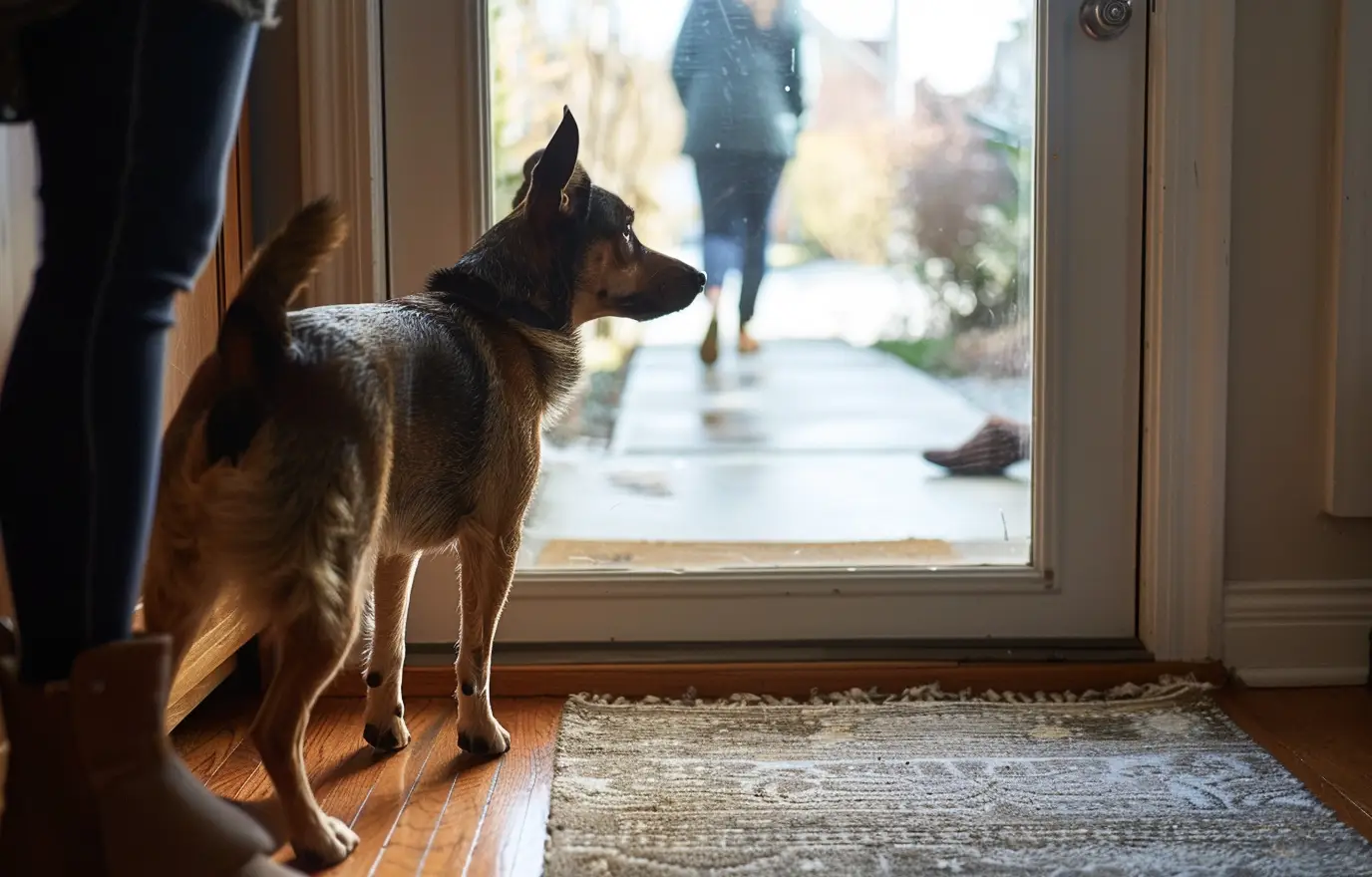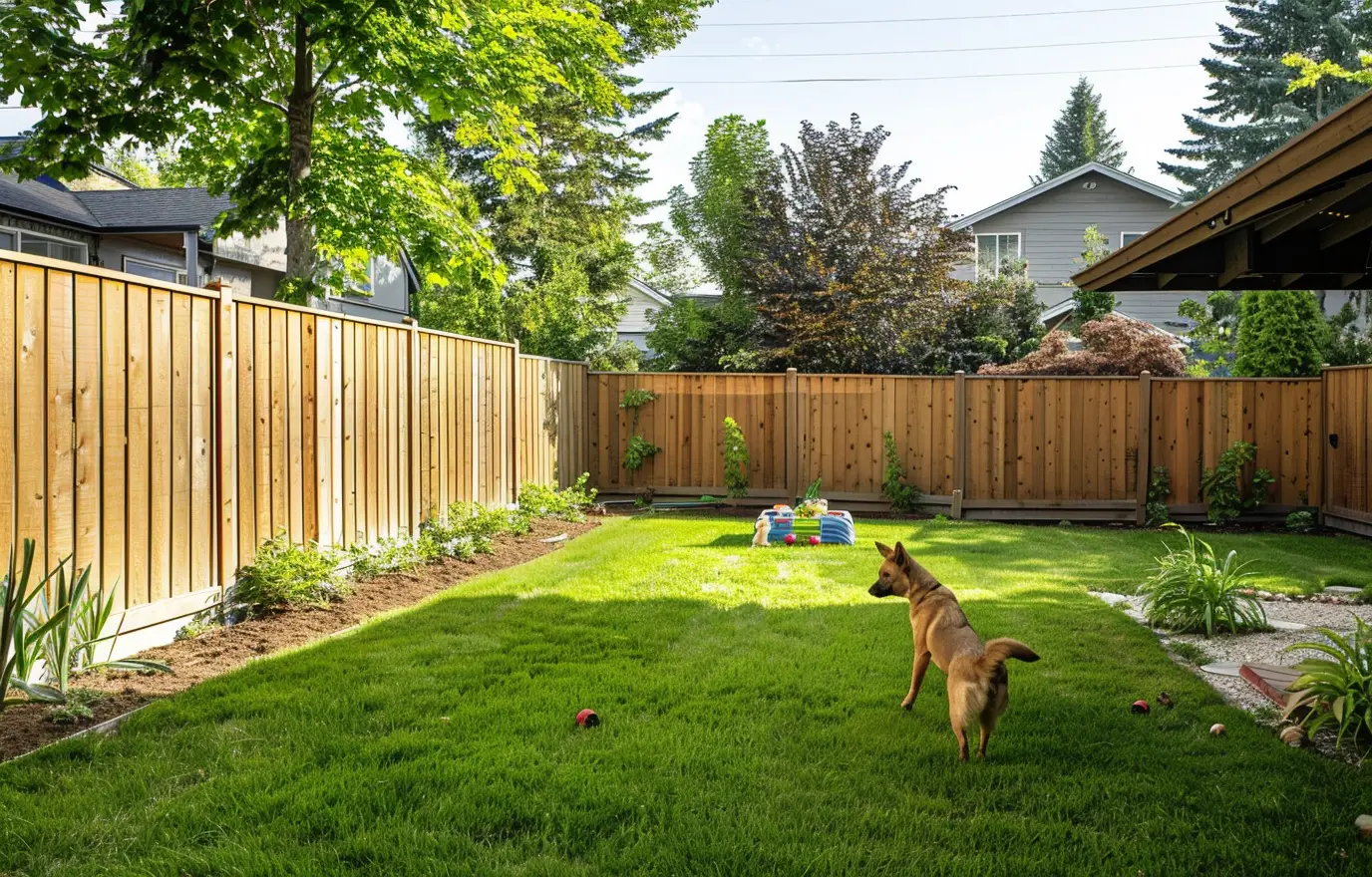How to Train Your Dog to Stop Barking at Strangers With 8 Steps

Ah, barking. That lovely sound that echoes through your house just when you’re about to hop into the shower, or, worse, during a Zoom call. Your dog sees a stranger and, naturally, decides they’re a threat to all civilization. But don’t worry — you’re not alone. It’s time to help your pup learn when to sound the alarm and when to, well, chill out. This guide will walk you through practical steps with a few tips on how to turn barking into peaceful silence (or, at least, less chaos).

1: Understand the Why Behind the Bark
Your dog isn’t barking just to annoy you (even though it feels that way). It’s in their nature to defend their territory, and strangers, even delivery drivers, seem like invaders. Territorial barking is your dog saying, “Hey, you! Get off my lawn!” But some dogs also bark just to alert you to any possible danger.
Tip: Be patient with your dog’s instincts. They're hardwired to protect. The goal is to teach them when it’s okay to bark and when to stop.

2: Stay Calm, Cool, and Collected
When your dog barks, your first instinct might be to yell, but that’ll just escalate the situation. Dogs tend to think you’re joining in the noise and might even bark more. Instead, ignore the barking and use a calm voice when giving commands.
Tip: Speak in a low, steady voice when giving commands. Your dog will respond better when you sound confident but not aggressive.

3: Hide the Outside World
If your dog barks at everything that moves outside, it's time to play a little visual trick. Close the curtains, block their view of windows, or set up a baby gate to keep them away from the front door. Less to see, less to bark about.
Tip: Use window films or frosted glass spray to block their view without making your home feel like a bunker.

4: Distract Your Dog with a Quick Sound
A surprising sound, like shaking a set of keys, can interrupt barking. Once your dog’s focus is on you, use it as a chance to redirect them to a different behavior, like sitting or staying. Follow up with lots of praise and a tasty treat.
Tip: Keep a stash of small treats near the door so you’re always prepared to reward their good behavior right away.

5: Fence It Up
If your yard is your dog’s watchtower, put up a tall, solid fence to block their view of the street. This can significantly reduce the urge to bark at every passerby.
Tip: While a fence helps, make sure your dog still gets enough mental and physical exercise to avoid boredom, which can also lead to barking.
6: Teach the “Quiet” Command
Teach your dog to bark a few times, then stop on your command. Use the word “quiet” after letting them bark a couple of times. If they continue, try gently holding their muzzle while calmly repeating “quiet.” After they stop barking, reward them with a treat.
Tip: Don’t forget to practice this in short, consistent sessions. Dogs need repetition to master the skill.

7: Walks Are Training Time, Too
When out on a walk, pay attention to your dog’s body language. If they’re about to bark at a stranger, use treats to distract them. Praise them when they stay quiet and calmly walk past without a fuss.
Tip: Make walks enjoyable by varying the route and keeping things interesting for your dog. A tired dog is less likely to bark.
8: Know When to Seek Help
If your dog’s barking persists despite your best efforts, it might be time to consult a professional trainer. Some dogs need extra guidance and more specialized training techniques.
